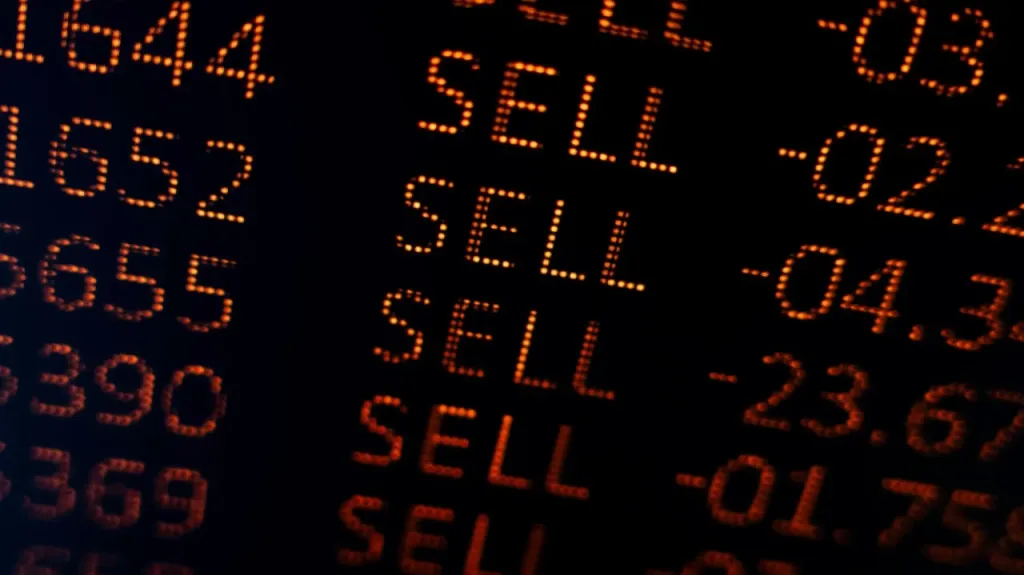Saxo Bank on the Iranian crisis: three scenarios for markets and strategies for investors
How investors should react to rising tensions over conflict in the Middle East

This text was originally published on June 17, before the conflict escalated as a result of U.S. strikes on Iranian nuclear facilities.
A new outbreak of tension in the Middle East has thrown markets off balance. Jacob Felkenkron, head of investment strategy at Saxo Bank, described three scenarios for possible reactions to the current conflict and explained how investors can keep their portfolios resilient - even if the price of oil goes above $100 and markets come under prolonged pressure.
Oil is back in the center of pressure
According to Saxo Bank, the dynamics of oil prices will be the key factor for the markets in the coming weeks. Amid the escalation of the conflict, Brent quotes rose by 14% in trading on June 13, the sharpest jump since the war in Ukraine began. The rise was driven by fears of supply disruptions across the Ormuz Strait, one of the most important nodes of global logistics, through which about 20% of the world's oil supply passes.
"If Iran cuts off this route - even temporarily - prices could soar," says Felkenkron. He also believes that attacks on oil infrastructure in Tehran and on the South Pars field have increased anxiety in the market, and further escalation could send oil prices above $100 a barrel.
The biggest risks are in Asia and Europe. Asian economies are highly dependent on oil imports from the Middle East, and any disruptions could affect global economic growth. Europe, still reeling from the previous energy crisis, is again under pressure. Even the U.S., with its relative energy independence, will feel the effects through global inflationary flows and interconnected markets.
Sustained high oil prices, Felkenkron emphasizes, could disrupt plans to ease monetary policy and keep rates high, which in turn would negatively impact stock prices, especially in growth-oriented technology sectors.
Three scenarios: from moderate recovery to inflationary pressures
Saxo's strategist believes that the dynamics of oil prices and the reaction of central banks will determine how the markets will behave in the coming weeks. Saxo Bank identifies three possible scenarios - from a mild recovery to a protracted crisis.
- In the baseline scenario, the conflict will be localized and volatility will remain short-term. Markets will experience a spike in volatility, but will soon stabilize and gradually recover. Energy prices will remain at moderate levels, defensive assets will remain resilient, and overall investor sentiment will gradually improve.
- In the negative scenario, the regional war escalates, leading to higher oil prices - above $100 per barrel. Against this backdrop, inflation fears would return and central banks would begin to reconsider plans to cut interest rates. Risks of global stagflation will increase, causing prolonged uncertainty and increasing pressure on markets.
- In the positive scenario, a rapid diplomatic settlement will reduce tensions. This would support economic recovery in the hardest-hit sectors, reduce inflationary pressures and strengthen investor optimism. Against this background, stock markets and demand for risk assets will start to recover.
How an investor can stay resilient: Saxo's strategy
Regardless of which scenario materializes, from limited conflict to full-scale escalation, Saxo Bank urges investors to act prudently and keep an eye on key risks, including:
- Situation in the Strait of Hormuz: Disruptions in this supply route could cause oil prices to spike, increase inflation and destabilize the economy;
- Development of regional conflict: new attacks could intensify the economic impact;
- The threat of cyberwar: cyberattacks by Iran could increase global panic.
Felkenkron also lists measures to help investors reduce vulnerability to market shocks:
1. Remain calm and do not participate in panic sales.
2. Revise the portfolio structure to the defensive side - prioritizing gold, consumer and healthcare stocks.
3. Invest systematically using Dollar-Cost Averaging. This is a strategy in which an investor regularly invests a fixed amount of money in a certain asset, such as stocks, cryptocurrency, ETFs, at regular intervals, regardless of the current market price of that asset. As a result, the resulting purchase price is more balanced and the risk of a failed market entry is reduced.
In addition, Felkenkron reminds us that this is not the first time markets have faced geopolitical shocks. The oil embargo of the 1970s, the Gulf War, Russia's invasion of Ukraine - each of these episodes caused serious reactions: oil price spikes, stock market sell-offs, and increased volatility. However, then the markets stabilized and were on their way to recovery;
As Saxo Bank's head of investment strategy emphasizes, historical experience shows that disciplined long-term investors who maintained positions and bought strategically in market downturns tended to build more resilient portfolios over time.
